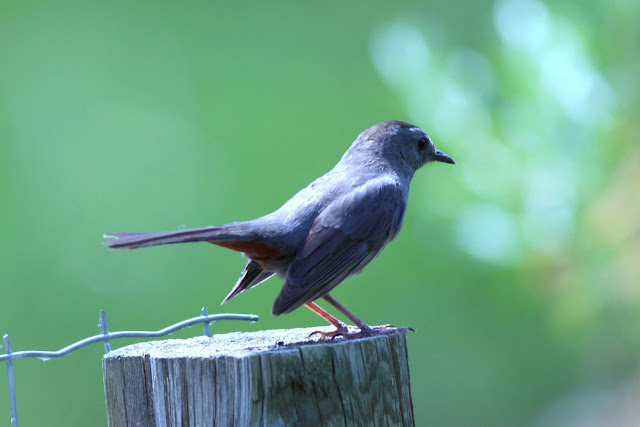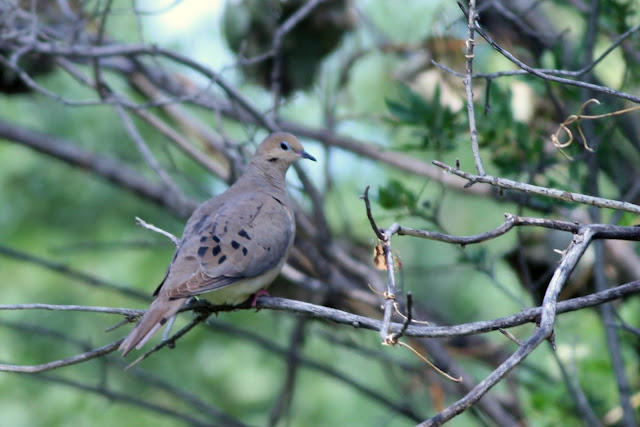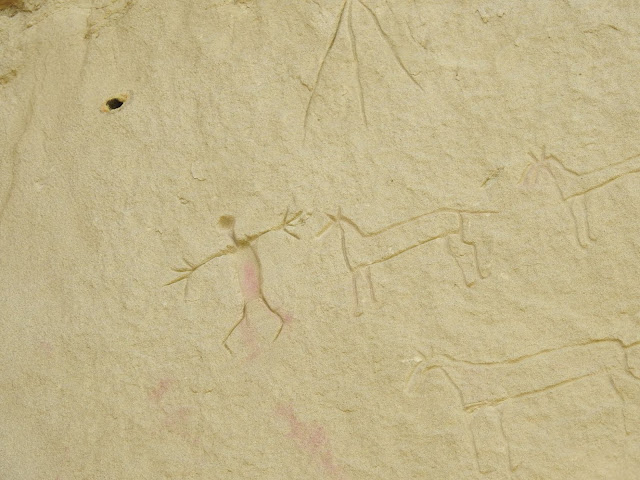Our first stop was Manning Park. Rather than do the usual Resort stop, we headed north up to the Cascade Lookout. This is an 8 Km paved road with many switchbacks. When you reach the lookout, here is the view. The markings on the bench identify the names of all the mountains visible to the south and west.

There were some people here who were feeding peanuts to the Chipmunks and Clark's Nutcrackers.
Clark's Nutcracker - Cascade Lookout, Manning Park BC
They shared some peanuts with us and Edith gave it a try. She had a Nutcracker on her hand shortly.
We went down and I made a quick tour of the Beaver Pond. It was quiet today, I only saw the usual Mallards and this Dragonfly. I don't think I can identify it.
We continued on to Penticton and made quick stops at Wayne and Swan Lakes. Wayne Lake had the usual collection of Ruddy Ducks and Coots, but none came close to shore. There were nesting Blackbirds nearby. Here's a shot of a female Yellow-headed.
Yellow-headed Blackbird (F) - Wayne Lake, Princeton BC
We stopped next at Swan Lake and I took a half-decent shot of a Western Meadowlark. It's not great quality, but beats what I took in April. Some years I get brilliant photos of this species, this year it's been tough.
Western Meadowlark - Swan Lake Nature Sanctuary, Princeton BC
I was hoping to get my first House Wren of the year here and was successful almost immediately. I'd see more in Alberta in the days to come.
House Wren - Swan Lake Nature Sanctuary, Princeton BC - 2017 Bird #167
I saw another small bird nearby and grabbed a couple of shots. It was a Chipping Sparrow. Both of these birds are fairly common in the Okanagan, they cause more of a stir on the coast. Luckily, the sparrow stayed nearby as I snapped some excellent shots.
Chipping Sparrow - Swan Lake Nature Sanctuary, Princeton BC - 2017 Bird #168
Chipping Sparrow - Swan Lake Nature Sanctuary, Princeton BC
That was it for birds on this first day, we'd see more as we headed east.

























































